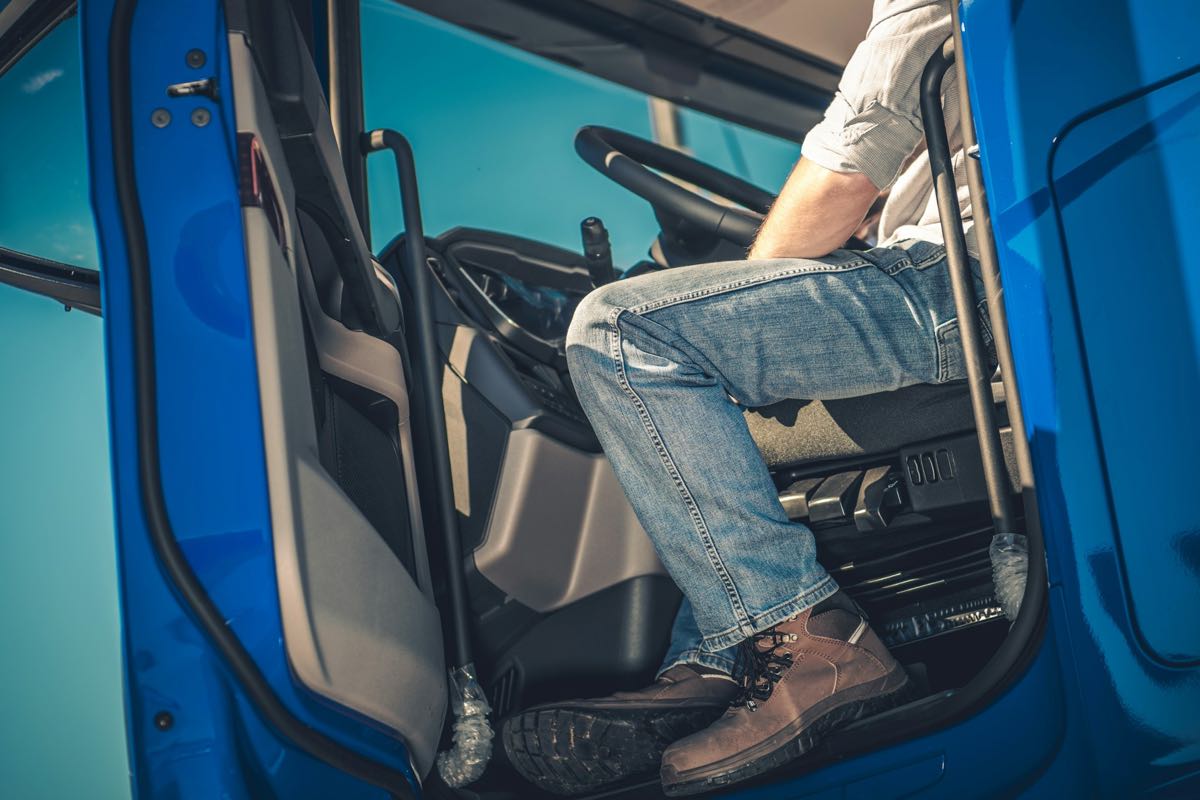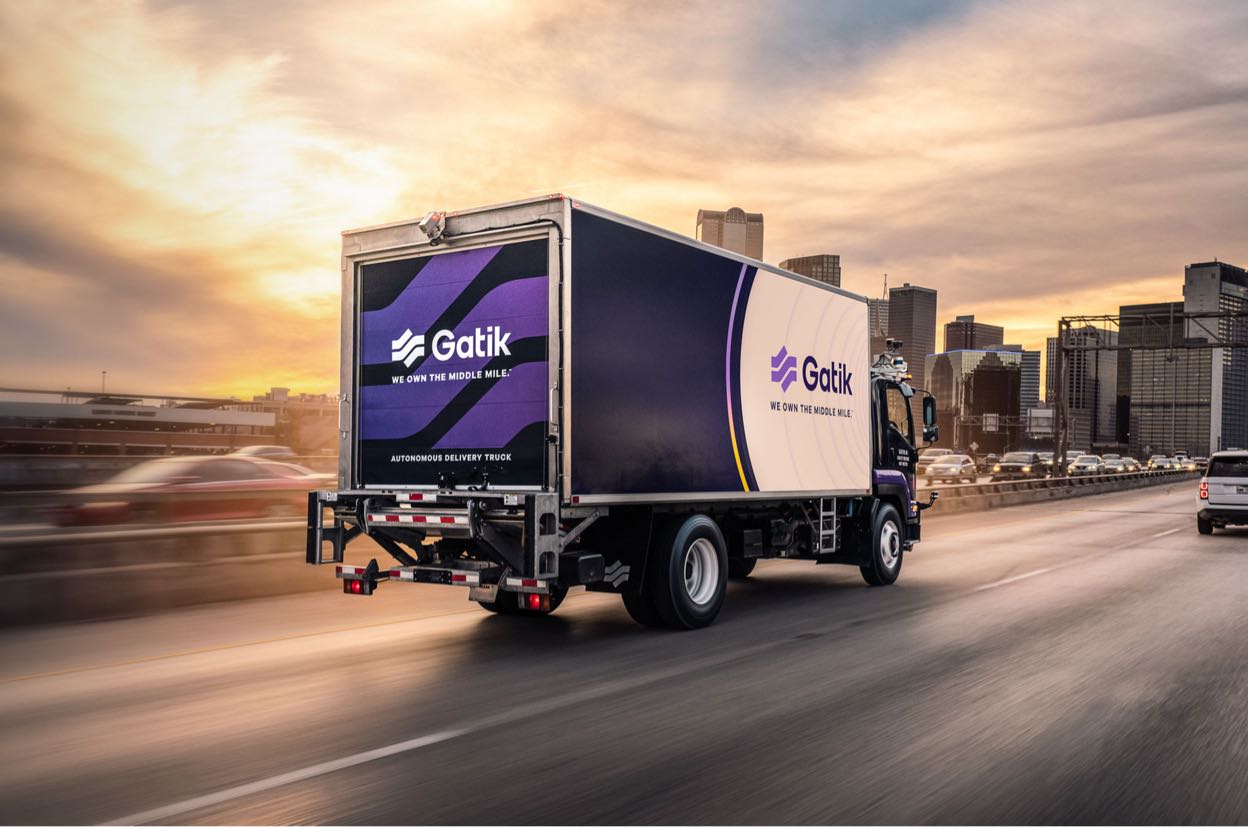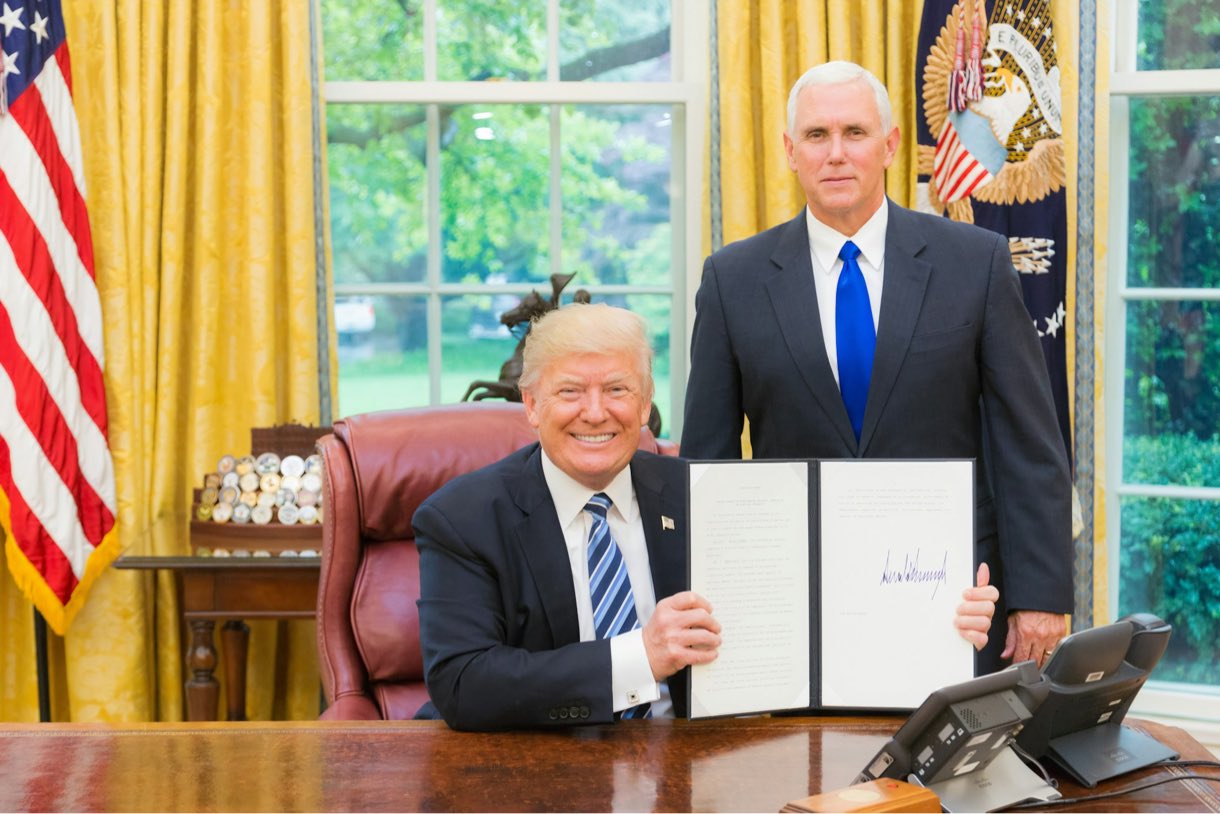One of the most important developments in the US infrastructure is the combination of electronic tolling (e-tolling) systems with linked vehicle technology (V2X). This advancement holds the potential to eliminate regional variations in toll collecting and open the door for a centralized, effective national e-tolling scheme. This introduction will go over the state of e-tolling today and how V2X technology may be used across the country.
The Current State of E-Tolling Even though e-tolling works well in certain areas, interoperability problems arise when vehicles travel between states. Travel throughout the country is made more difficult by the lack of continuity caused by the disparate transponder technology that various governments have invested in.
Vision for a Unified System Leading businesses and the federal government anticipate a smooth cross-state travel experience made possible by cutting-edge V2X technology. This technology would increase road safety as well as the effectiveness of toll collecting.
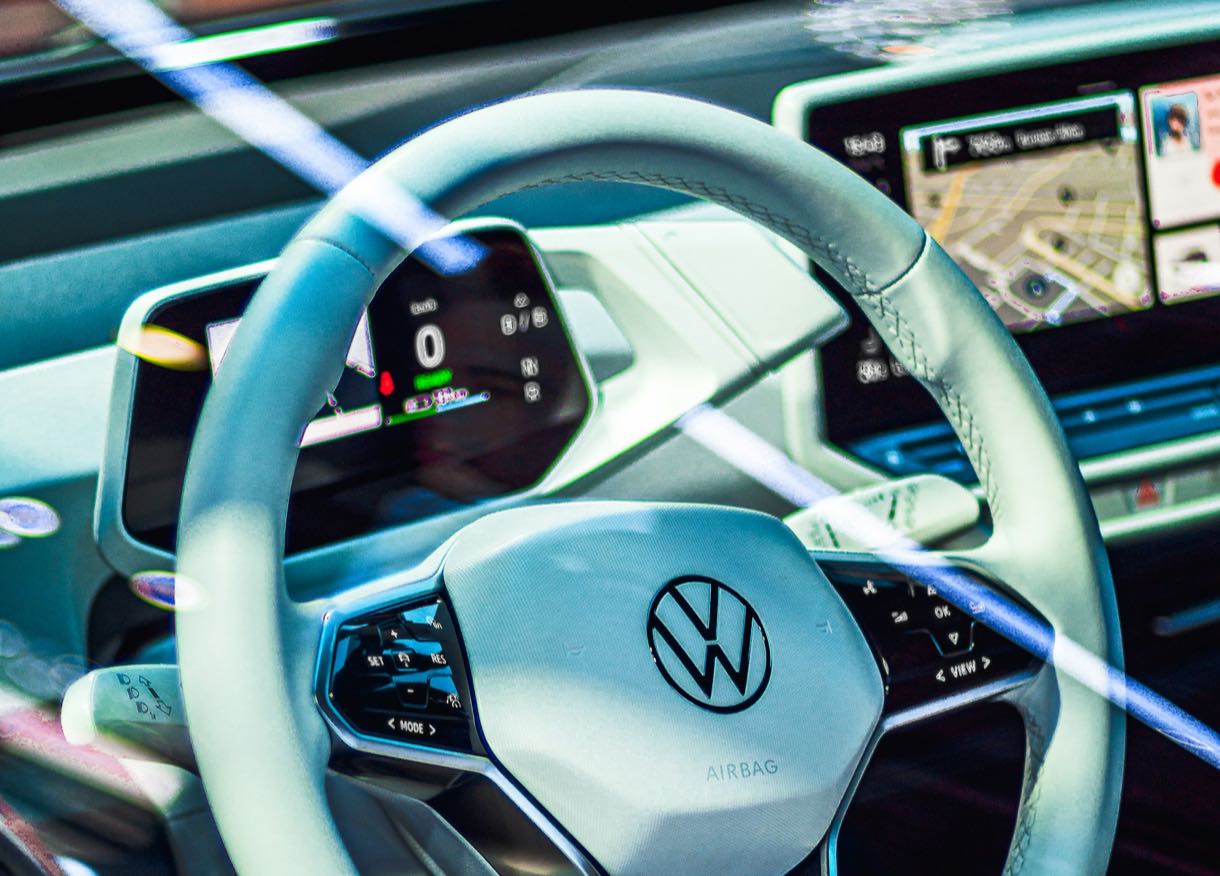
By enabling communication between vehicles and the road infrastructure, vehicle-to-vehicle (V2X) technology improves operating effectiveness and safety. This section will examine how the federal government’s plan for an integrated e-tolling network is supported by these technical developments.
Federal Initiatives and Deployment Plans In an effort to promote a safer and more effective transportation environment, the Department of Transportation has released a V2X deployment strategy that lays out precise dates for technological advancements.
Safety Benefits and Pilot Projects Because V2X has the potential to reduce accidents, the National Transportation Safety Board (NTSB) is a supporter for its deployment. The implementation of V2X systems has been shown to reduce crash rates in pilot programs, providing strong evidence for their wider deployment.
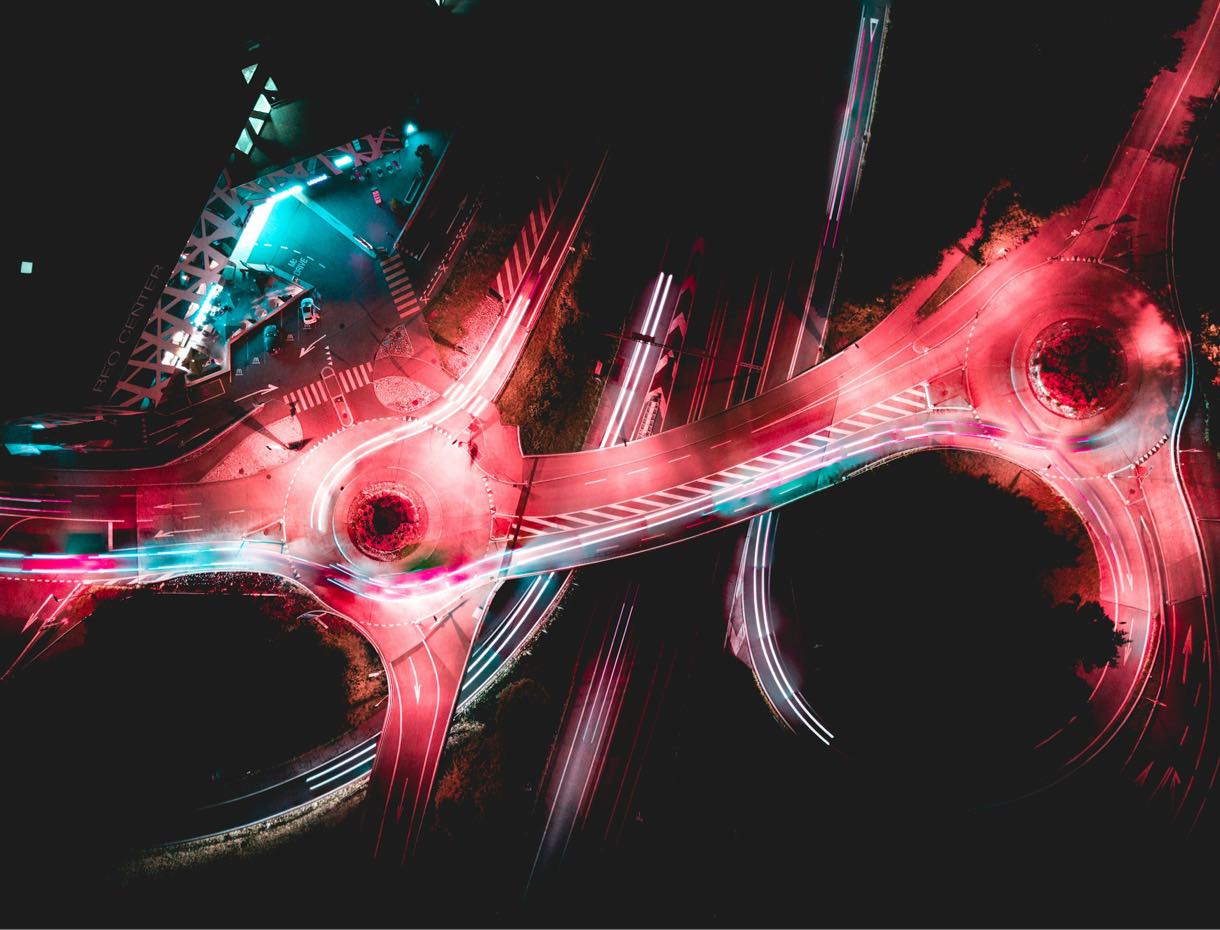
Although there is no denying the advantages of V2X technology, a number of obstacles stand in the way of a national e-tolling scheme. These challenges and the continuous attempts to solve them will be covered in this section.
Technological and Regional Hurdles The previous investment made by several areas in disparate transponder technology has complicated the development of a unified national system. Two major obstacles are the expense and time involved in upgrading the current infrastructure.
Future Prospects and Expansion Plans Notwithstanding these obstacles, encouraging advancements appear imminent. Currently available in 20 states, the E-ZPass system is anticipated to gradually spread to the central and West Coast states, raising the possibility of future nationwide coverage.
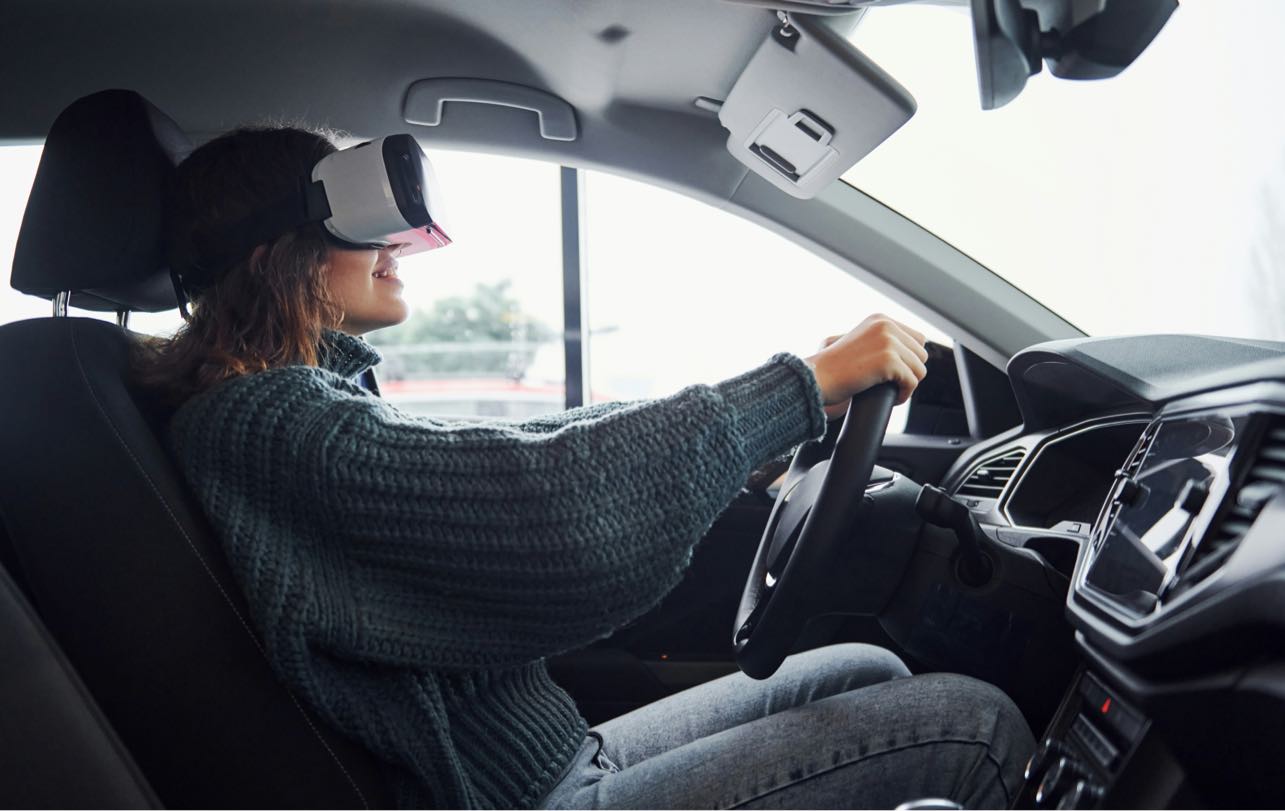
The emergence of linked car technology holds promise for increased efficiency and safety, but it also has the potential to drastically alter tolling practices in the United States. This section will envision a future in which transponders may not be necessary.
Potential for a National Clearinghouse Widespread adoption of V2X may mean the end of physical transponder boxes and the transition to a digital clearinghouse that handles state-to-state toll transactions electronically.
Implications for Motorists and Toll Agencies This change might lead to a more efficient and economical tolling procedure, but it would also need considerable adaptations from toll agencies and drivers.
The incorporation of linked car technology into e-tolling systems is a noteworthy advancement in the infrastructural development of the United States. Through the resolution of existing issues and the utilization of V2X technology, the United States may attain a nationwide e-tolling system that is safer, more effective, and facilitates smooth interstate travel.

Ship A Car Inc offers its clients a smooth and stress-free shipping experience by specializing in the transportation of cars and freight within the United States. Ship A Car guarantees dependable, prompt, and effective service by staying up to date with the most recent developments in shipping technology and making necessary adjustments. To get the most affordable shipping prices from knowledgeable transport coordinators, give (866) 821-4555 a call.
Q: How does V2X technology enhance road safety?
A: By allowing vehicles to communicate about possible risks, vehicle-to-vehicle communication (V2X) systems effectively lower the risk of accidents and increase overall road safety.
Q: What are the benefits of a national e-tolling system?
A: By doing away with the need for toll booth stops, a centralized e-tolling system would expedite travel times, save administrative expenses, and simplify toll payments between states.
Q: How will connected vehicle technology impact future toll collection?
A: Physical transponders may eventually become unnecessary thanks to connected vehicle technology, which would allow for more efficient and less intrusive digital toll collecting for drivers.

